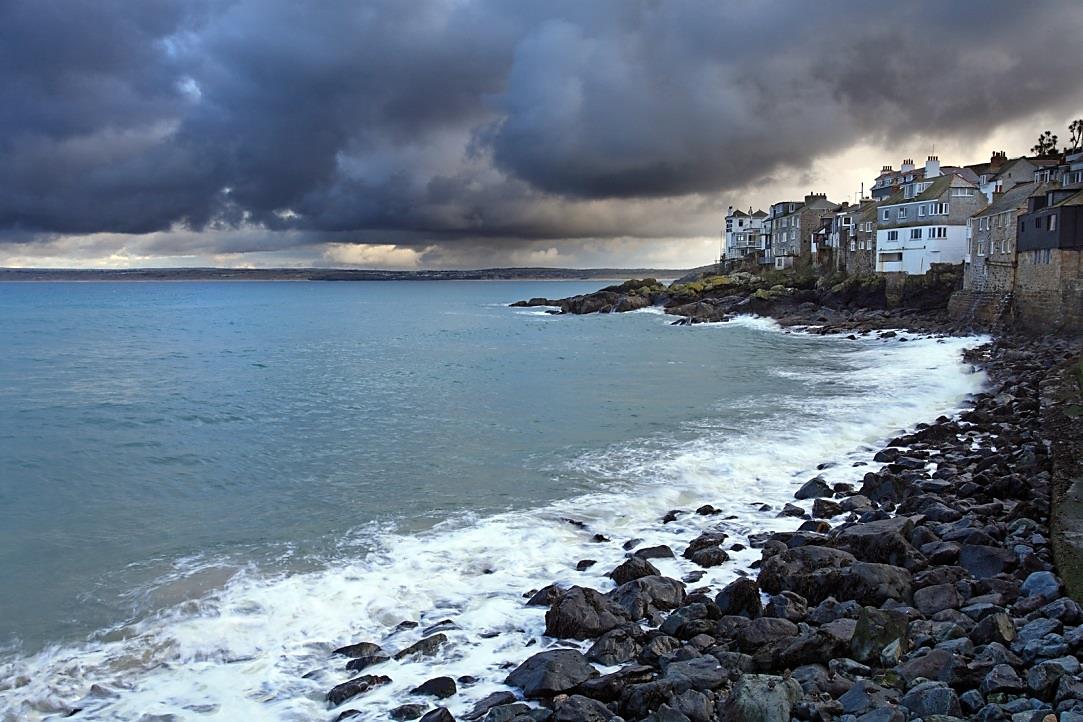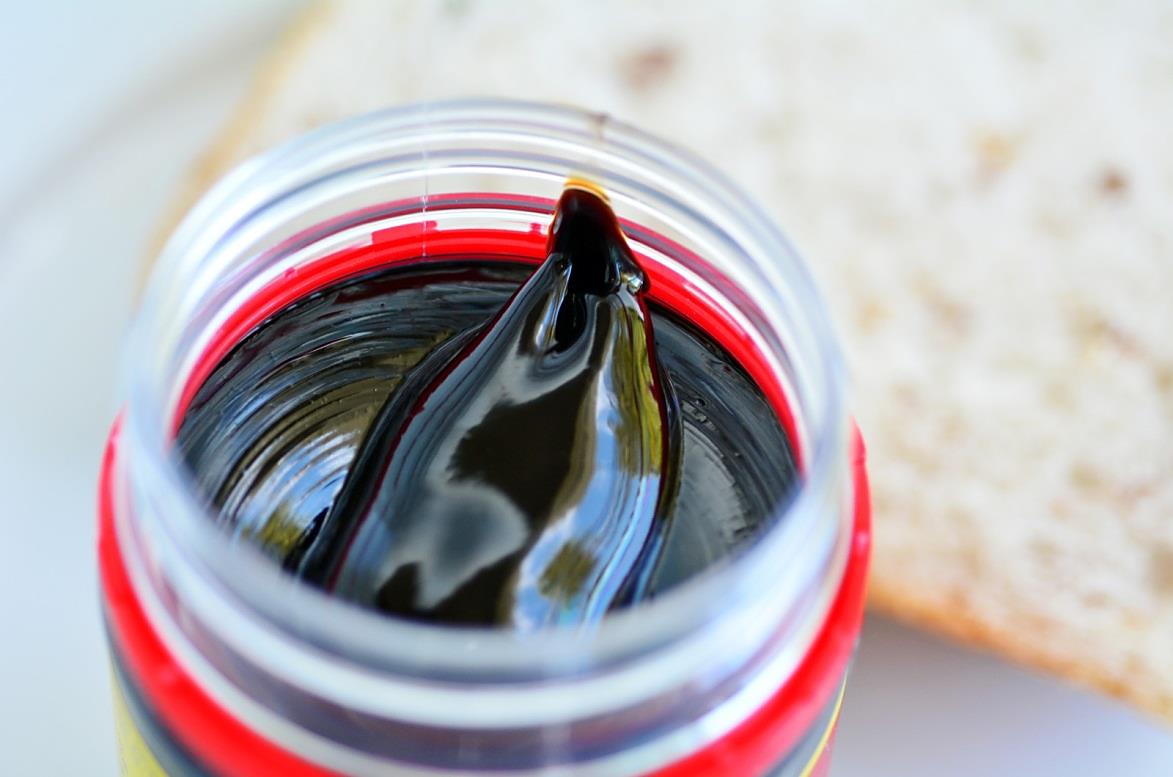Switching from a kettle to a hot water boiler not only reduces the amount of time spent waiting for a cup of hot water but the cost involved in production time and energy bills.
Obviously, each work environment is different, so this information will assist you in being able to look at your work place environment for potential savings. The essential question to ask is:
Q: How does an AquAid Water Boiler save you money?
A: You no longer have to waste time waiting for a kettle to boil.
An average 3kW kettle takes 4 minutes to boil and if all the water in each kettle is actually used, it will produce 5 mugs of hot water.
Scenario: If you have 20 staff that each have 4 hot drinks per day (80 mugs), the kettle will be boiled a minimum of 16 times. It will probably be boiled more often as no-one ever empties it entirely each time they use it. So assuming they do actually use all the water every time, the kettle is boiled 16 times a day.
… 16 x 4 minutes = 64 minutes or … let’s say an hour.
If the person, or the people, who make the hot drinks are on a salary of £20,000pa and they work a 40-hour week, their hourly wage is £9.62/hour. You are paying £9.62 per day whilst the person waits for the kettle to boil.
£9.62 x 5 days = £48.10 per week
£48.10 x 52 weeks = £2501.20 per year
30 staff, 120 mugs a day = £3751.80 per year
40 staff, 160 mugs a day = £5002.40 per year
and so on …
Comparisons between a kettle and a hot water boiler
Energy Consumption:
In terms of actual energy consumption, there is very little difference between a kettle and an AquAid water boiler. In fact, the boiler becomes cheaper to run the more people use it; Unit of Electricity in kW/h = 12 pence (approximately).
The Kettle: An average kettle is 3kW and takes 4 minutes (0.07 hours) to boil.
So 3kW x 0.07h = 0.21 kWh, 0.21 x 12p = 2.5p
So it costs 2.5p to boil a kettle of water. If all the water in the kettle is used it will produce 5 mugs of hot water.
Taking the same scenario; if you have 20 staff that have 4 mugs a day each, that’s 80 mugs, so the kettle is boiled a minimum of 16 times.
So 20 staff, 80 mugs, 16 boils 16 x 2.5p = 40p per day
30 staff, 120 mugs, 24 boils 24 x 2.5p = 60p per day
40 staff, 160 mugs, 32 boils 32 x 2.5p = 80p per day
and so on …
The Water Boiler:
Standby (Idle Mode): The electrical consumption of the AquAid Compact (5 – Litre) 3kW boiler, whilst on standby is 0.07kW/h, which means it will use one unit of electricity (12p) in 14 hours (0.86p per hour), or 20.6p per day. A free timer allows you to turn off the boiler when it is not likely to be used – e.g. at night when the staff go home.
Energy usage (when in use): The Aquaid Compact is designed so that it only boils the water that is used each time. It will run for approximately 30 seconds for each mug of water drawn-off … 1 minute for 2 mugs, 2 minutes for 4 mugs …
So for 20 staff, requiring 80 mugs, it will be on for 40 minutes (0.66 hours) throughout the day;
So 3kW x 0.66h = 1.98kWh 1.98 x 12p = 23.7p
Add this to the standby amount of 20.6p per day gives a total of:
For 20 staff, 80 mugs; 44.3p per day
For 30 staff, 120 mugs; 56.6p per day
For 40 staff, 160 mugs; 68.5p per day
Every Aquaid Hot Water Boiler is British Manufactured and WRAS (Water Regulations Advisory Scheme) approved.
Our British manufacturer has offered quality hot water boilers for several decades. While many companies opt to use kettles, AquAid’s multitude range of hot water boilers offers an appealing alternative. Whether providing coffee or tea to an office of workers or hydrating an energetic audience in a stadium, our products are a worthwhile investment.





